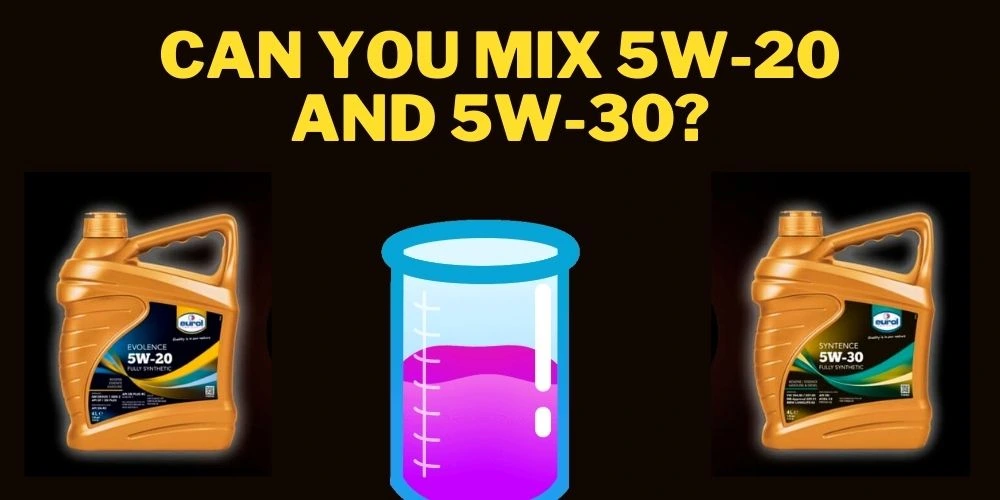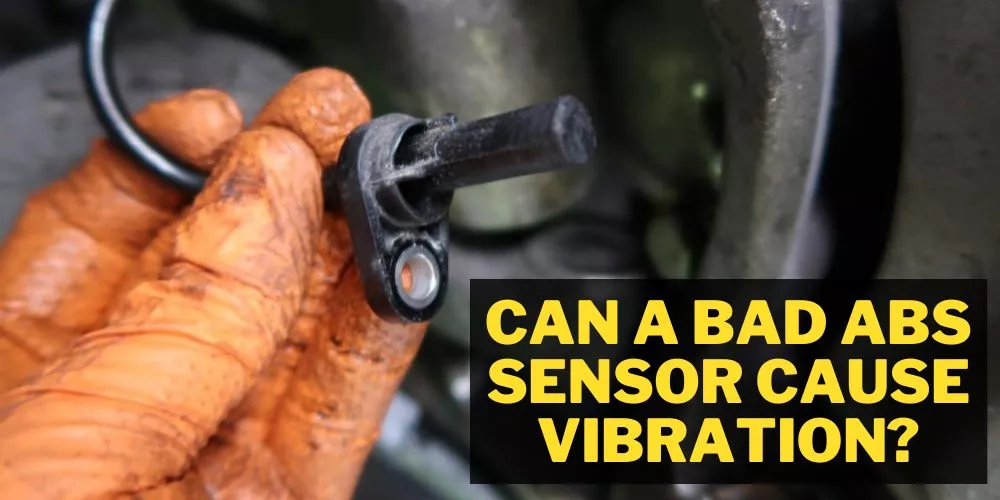You missed noticing the temperature needle crossing the safe zone and ending up with the car halting abruptly at a random spot. Fumes might be coming from the bonnet. Take immediate action because it is hazardous to your vehicle.
I searched all over the internet for the solution of “car won’t start when the engine is hot“, and tried almost all the methods. So I can actually tell, which method works and which doesn’t.
You must learn the fixes, because if delayed, you may waste massive amounts of energy, money, and time resolving the problem. The following are common causes of a car not starting due to a hot engine:
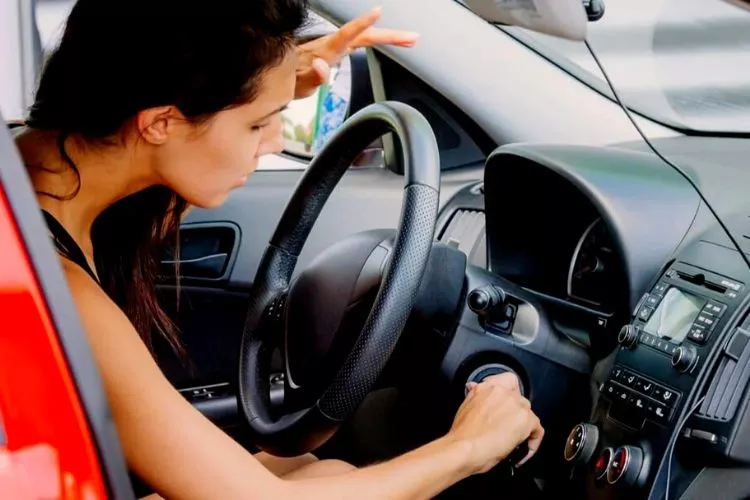
- Clogging of air filter.
- Loose or rusted battery cable or terminal.
- Loose or rusted engine ground connection.
- Locked vapor in the fuel system.
- Defective fuel system.
- Systems problems related to the engine control.
- Problem with an electrical sensor.
This blog explains the causes of engine overheating and possible solutions. Let’s dive in.
Contents
Car won’t start when the engine is hot: Causes and Solutions
There are several indicators of an engine being insanely hot. You may notice the bonnet giving off fumes and a burning smell. A glance at the temperature gauge on the dashboard confirms the needle has reached the “red” mark, and the “hot engine” icon is illuminated.
Let’s discuss the various reasons for getting the engine hot and what you can do to bring the situation under control.
Check If Air Filter Is Clogged
The air filter blocks dust particles, debris, and other impurities from entering the engine. It produces air to keep the engine cool. A clogged air filter results in the engine getting hot.
An air filter that is not cleaned or replaced gets clogged, thereby performing poorly. A clogged air filter may result in the following:
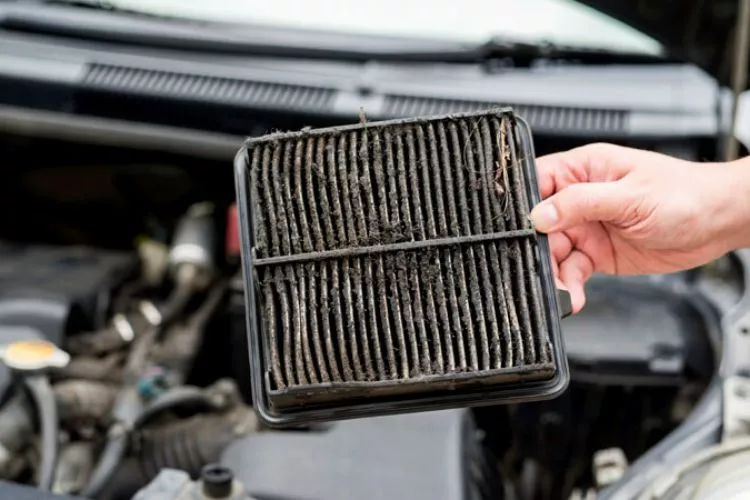
- Poor gas mileage
- Noisy engine
- Difficulty in starting the car
- Persistent fuel smell
- Pathetic acceleration.
Solution: Cleaning the air filter
- Locate the air filter and remove it. (Ensure no dirt or debris drops into the airbox or intake.)
- Spray the cleaning solution on the filter and leave it to soak.
- Rinse with clean water.
- Let it dry.
- Oil the air filter and place it in the assembly.
Solution: Replacing the clogged air filter with a new
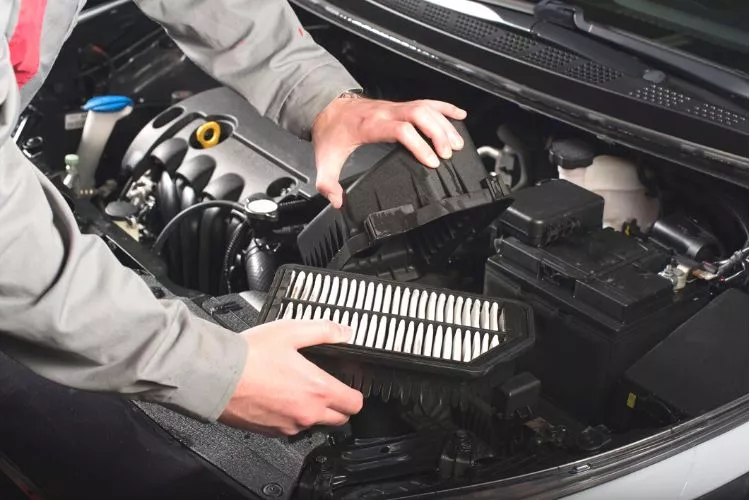
- Purchase a new air filter.
- Locate the air filter under the hood.
- Remove the clogged air filter from the air filter box.
- If you notice the air filter can be workable by cleaning, clean it with the procedure mentioned above. Else dispose of the old filter and install the new filter in the air filter box.
Camshaft and Crankshaft Position Sensor
The crankshaft position (CKP) sensor checks the piston movement and crankshaft rotation. This information is sent to the electronic control unit (ECU) or ignition control module (ICM), depending on the model. The ECU processes this information to fire each spark plug.
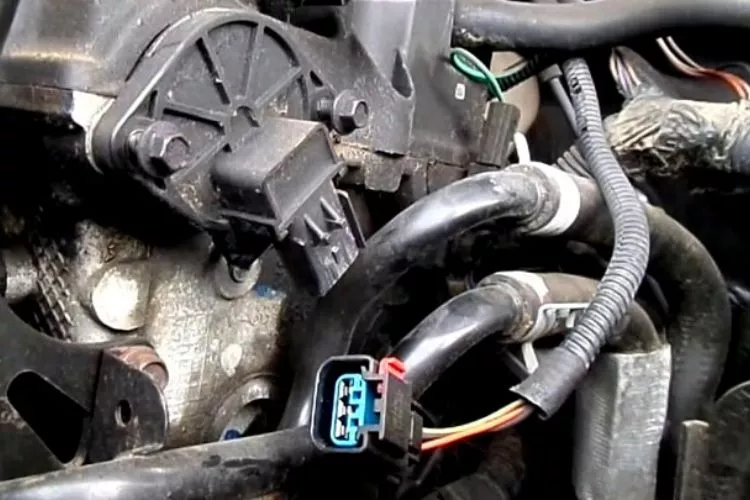
Eventually, a problem in the CKP sensor’s internal circuit makes the engine hot, preventing the car from starting. The camshaft (CMP) sensor also faces similar types of problems.
Solution
The solution to a problematic CKP or CMP sensor is to replace it with a new one.
Vapor Lock
Cars using mechanical fuel pumps face this problem. When compared to modern cars, these mechanisms heat up the fuel excessively. In the older days, the fuel type was much more resistant to evaporation.
So the problem of vapor lock didn’t occur. Modern cars no longer need evaporation-resistant fuel, allowing refineries to no longer process fuel that way.
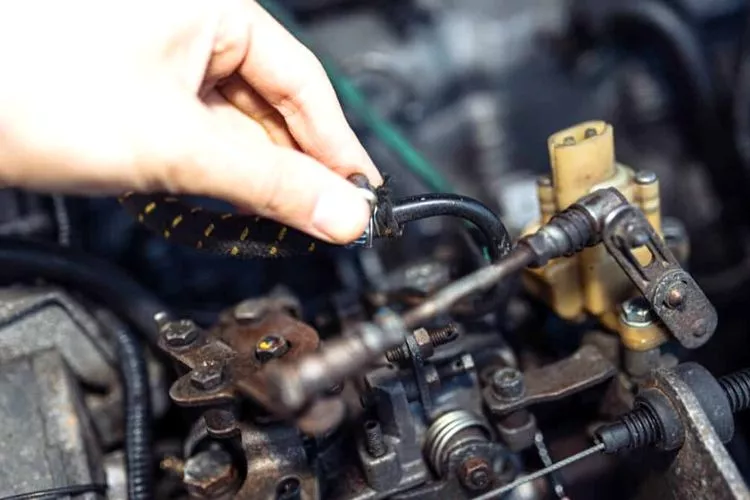
This problem occurs when the engine and fuel pump both heat up at the same time. Eventually, the fuel evaporates, stopping the flow and resulting in a hot engine.
Solution
Allow the engine to cool and restart it.
Battery Connection Problem
An old battery is prone to corrode the terminals and ports. Since heat lessens electrical resistance, the old battery may become more responsive to heat. It will mostly occur with rusty terminals and ports.
In addition, an aged battery overheats on its own, hampering your efforts to start the car. An overheated battery won’t allow the engine to reach its desired temperature and fire up.
Solution
Replace your battery every 4–5 years.
Fuel system issues
Fuel system issues are closely related to vapor lock. A leaking fuel pressure regulator (FPR) can also cause the engine to become hot. In addition, a fuel pressure dampener may also show the same symptoms.
Initially, a worn FPR may crumble under the pressure within the fuel line and stop leaking. In hot weather and with a hot engine, the fuel lines get hot, allowing the fuel to evaporate inside and making it difficult to start the engine.
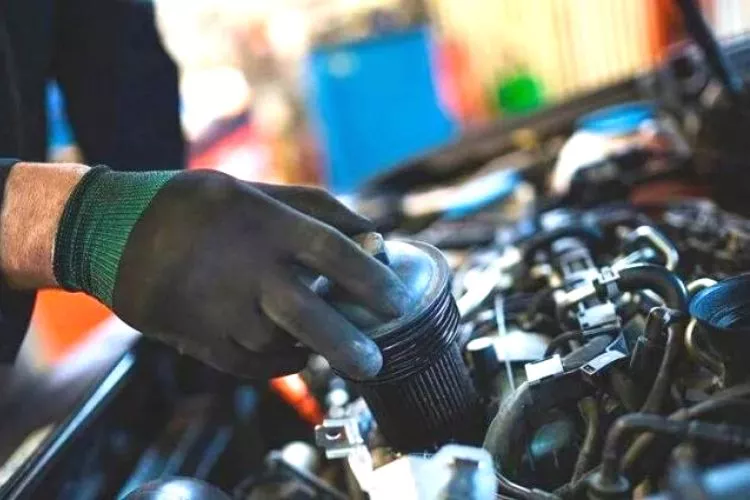
Additionally, the engine may take extra time to crank if you try to start it with a flooded cylinder due to a leaking FPR.
A cracked fuel hose could disrupt the fuel supply. When the flow stops, the engine may become hot. A bad fuel pump may lead to an overheated engine as it does not supply adequate fuel. A fuel-starved engine will get hot, resulting in the vehicle not starting.
Solution: Checking for a flooded cylinder
- Start the engine and warm it up.
- Turn off the engine once it gets hot.
- Wait for a couple of minutes.
- Press the gas pedal fully, allowing more air to enter the engine
- Restart the engine.
If you notice the engine’s starting has improved after fully pressing the accelerator, it’s a leaking fuel injector. Add fuel injection system cleaner to the fuel tank to clear the stuck injector.
Solution: Checking for a leaking FPR
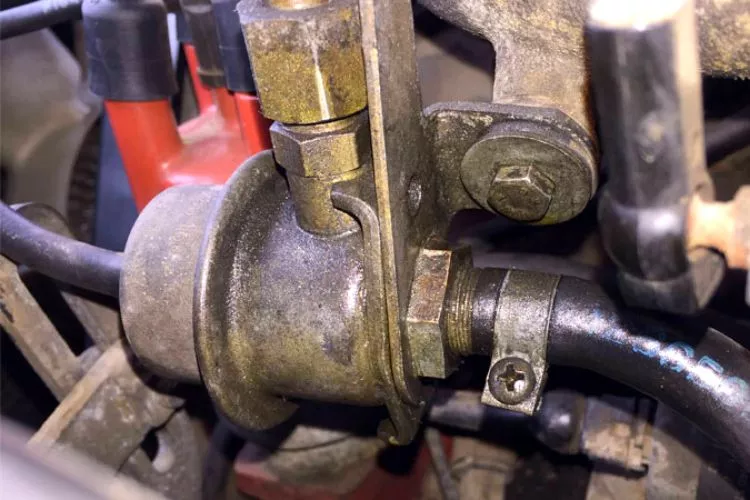
- Disconnect FPR from the vacuum line
- A wet line with fuel or a gasoline smell indicates a leaking FPR.
- Replace the FPR.
Solution: Cracked fuel hose
It’s advisable to show the car to a professional mechanic in case of a problem with the fuel system. DIY solutions must be avoided with fuel pump issues.
Failed ignition system
A failed ignition system may occur due to the worn-out internal starter motor connections. When the engine temperature rises, it becomes difficult to start the car. The brushes (carbon bars), starting with a commutator (slip ring), supply the current to the rotor to spin the windings inside.
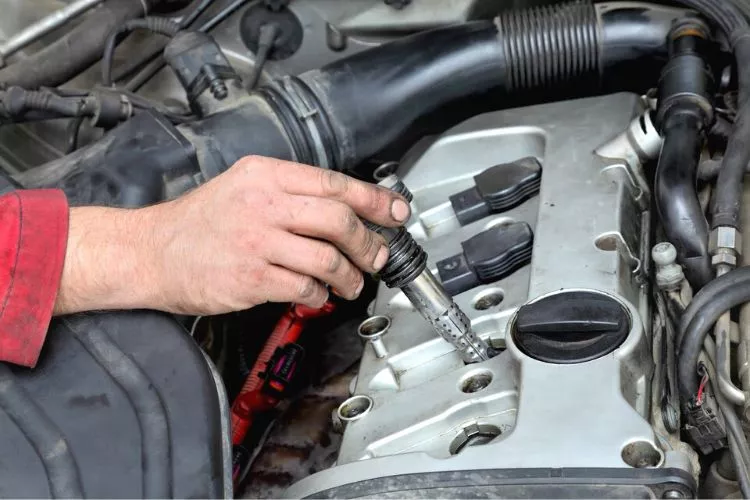
The brushes and springs that hold them wear out and weaken eventually. It increases electrical resistance in the starter motor’s internal circuits. It further compounds the heat, giving rise to more electrical resistance. The process hampers the cranking of the engine, which won’t start.
Solution
Though tough to diagnose, it is essential to check for a voltage drop. It helps you to precisely point out a faulty starter motor. You can check the starter motor at an auto parts store at a nominal cost.
Engine Ground Connections
Rusty engine grounds lead to an increase in the resistance of the circuit. The conditions in which components and circuits work under the hood can cause electrical connectors to become loose, disconnected, or corroded. Loose or corroded engine grounds specifically will create electrical issues since circuit resistance effectively increases.
This can affect several electrical systems, including the starting system. High temperatures will make a loose or corroded terminal worse. And just like a loose or corroded terminal, a bad engine ground is hard to diagnose just by looking at it.
Coolant levels
If coolant levels go lower than specified, there are chances of the engine getting hot. Coolant helps in both hot and freezing temperatures. It doesn’t freeze in chilly weather and boils at a temperature equal to the working temperature of an engine.
Thus, it helps cool the engine and allows it to run efficiently. A low level of coolant may consequently make the engine hot.
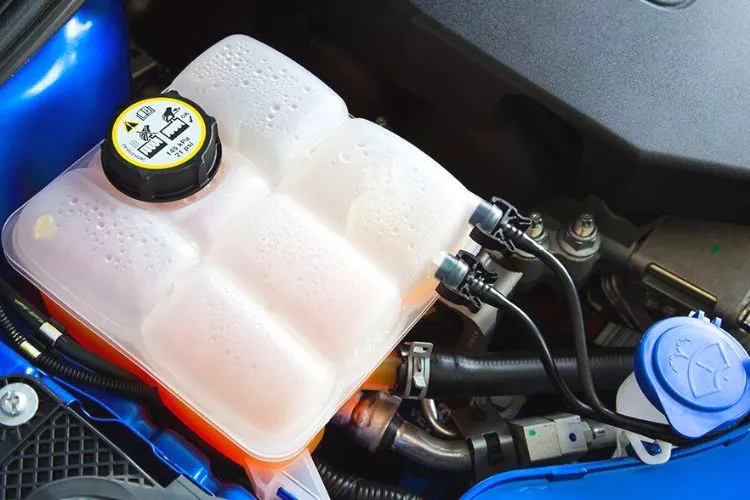
Solution
- Keep a close watch on your car’s coolant levels.
- Top up it whenever you find a scope, generally after the car is unused for 7-8 hours when the engine is cold. (Understand the recommended level by a professional, as filling the coolant up to the brim might lead to other issues.)
- As a preventive measure, don’t drive a car without coolant.
Car won’t start when parked in the Sun
A car may not start when parked in the sun for too long. The problem may be due to a battery, coolant, or oil. Let’s understand the various reasons and how to troubleshoot them.

- Oil change: The car might not start due to low oil levels or because the oil hasn’t been changed for a long time. You can check the oil lights on the dashboard by turning on the ignition. You can check the quality of the oil with the dipstick.
- If the oil level is low, you can top it up a little so you can drive the car to the mechanic and let him inspect it for any deep problems. Remember that the oil quantity is also specific and shouldn’t be overfilled.
- Battery issues: The battery may overheat under the sun, causing it to exhaust. A car won’t start with a dead battery. If you try to start your car and hear a clicking sound, then the battery is the problem. If you know how to jump-start the vehicle, you can start it that way. Otherwise, recharging the battery or replacing it with a new one will resolve the problem.
- Coolant temperature sensor: This sensor informs the car’s ECU that the engine is too hot to start. If the sensor fails to communicate with the ECU, the system won’t allow the engine to start until it restores the ideal temperature. Once the engine returns to the desired temperature (of course, after a few hours), the car will start.
- Coolant: A low level of coolant won’t allow the car to start. Replenishing the coolant with the specified quantity will help to start the car. Add coolant only when the engine is cool.
- Bad Starter Relay: Direct heat from the sun may lead to problems with the electrical connection in the car. It may further damage the starter relay, preventing the car from starting. Replace it if you can, or get it done by a professional.
- Bad Starter Motor: If the starter relay is good, then check for the starter motor. A problem with the electrical components due to the striking sun and a starter motor may also contribute to the problem.
- Fuel: Car systems prohibit the use of hot liquids. Fuel evaporates quickly under the sun, reducing the supply to the engine. The problem generally occurs in old cars. But if you live in a hot climate, you may face this problem frequently.
Parking the car under a shaded area or under a tree or covering it with heat-resistant materials may help keep the car cool.
Conclusion:
An engine is the car’s heart, and if it gets hot, it will stop. Several reasons contribute to getting the engine excessively hot, compelling the car to come to a halt. When you notice the engine is hot, you must immediately stop your vehicle and investigate the cause.
Common reasons include low oil, low coolant, a problem with the fuel pump, a poor battery, etc. To prevent your car engine from getting hot suddenly, regular car maintenance is of paramount importance.

